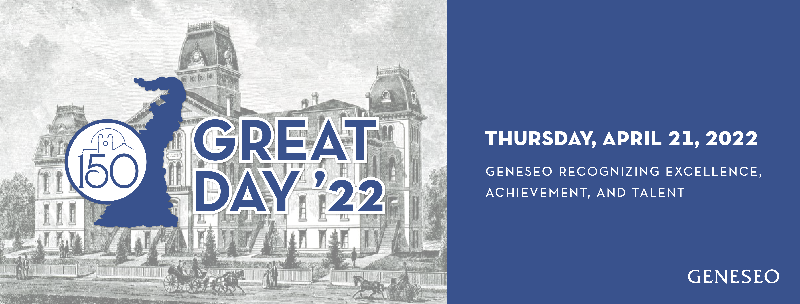
Submission Type
Poster
Start Date
4-21-2022
Abstract
The colossal distances between planet Earth and astronomical objects significantly affects the starlight which our telescopes receive. It is necessary that we first quantify and account for these influences before carrying out scientific research in order to ensure the accuracy of our results. The purpose of this research was to calculate the interstellar reddening of stellar cluster NGC 2194 in order to prepare for future observation. The metallicity of this cluster was determined by measuring Fe absorption lines in the spectra of Red Giant cluster members. Techniques for acquiring stellar temperatures were developed by means of adjusting graphed abundances vs excitation potential. Finally, interstellar reddening was arrived upon via comparisons of photometrically computed B-V colors to theoretical prediction.
Recommended Citation
Ornelas, Daniel, "214 -- Using Red Giant Spectroscopy to Compute the Interstellar Reddening of Open Cluster NGC 2194" (2022). GREAT Day Posters. 73.
https://knightscholar.geneseo.edu/great-day-symposium/great-day-2022/posters-2022/73
214 -- Using Red Giant Spectroscopy to Compute the Interstellar Reddening of Open Cluster NGC 2194
The colossal distances between planet Earth and astronomical objects significantly affects the starlight which our telescopes receive. It is necessary that we first quantify and account for these influences before carrying out scientific research in order to ensure the accuracy of our results. The purpose of this research was to calculate the interstellar reddening of stellar cluster NGC 2194 in order to prepare for future observation. The metallicity of this cluster was determined by measuring Fe absorption lines in the spectra of Red Giant cluster members. Techniques for acquiring stellar temperatures were developed by means of adjusting graphed abundances vs excitation potential. Finally, interstellar reddening was arrived upon via comparisons of photometrically computed B-V colors to theoretical prediction.


Comments
Sponsored by Aaron Steinhauer